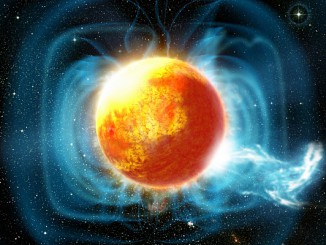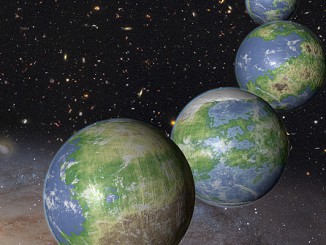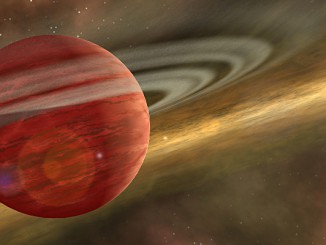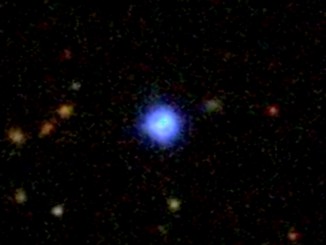
Kepler marks 1,000th exoplanet discovery with more small worlds in habitable zones
How many stars like our Sun host planets like our Earth? NASA’s Kepler Space Telescope continuously monitored more than 150,000 stars beyond our solar system, and to date has offered scientists an assortment of more than 4,000 candidate planets for further study — the 1,000th of which was recently verified.









